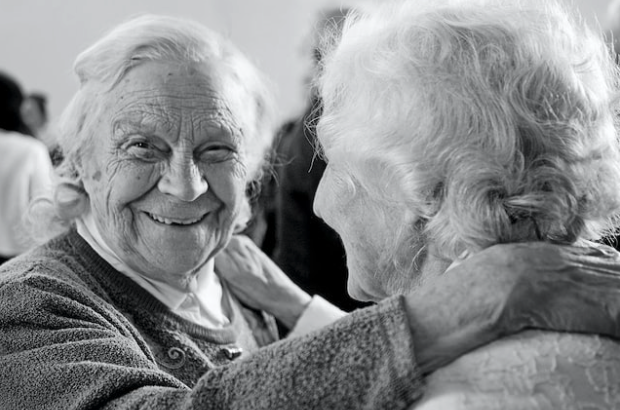Skilled nursing facilities and long-term care centers provide so many benefits for their residents. The most prominent, of course, are around-the-clock care from compassionate, trained professionals and a safer living environment.
Yet, while the benefits for residents and their families might be apparent, there can be some downsides to long-term living as well. Over 40 percent of residents report dealing with loneliness and depression as a result of living in a long-term care facility. If left unchecked, the emotional toll that prolonged isolation can have on a resident can result in increased physical and emotional complications and a decreased quality of life.
Adjusting to life outside one’s home can be a difficult and disheartening transition. The right SNF will not only ease a resident’s transition into their facility, but they will also be actively committed to making sure residents are happy and fulfilled in addition to going above and beyond to meet their health needs.
Here are four things skilled nursing facilities can do to create a happier environment for residents.
Ease the Impact of the Transition Phase
Moving someone into a skilled nursing facility or other long-term care center can be a stressful process. Some seniors may think they’re still fit to live alone with the help of their loved ones, while others who have been diagnosed with dementia or Alzheimer’s might not understand why they are moving at all.
Facilities can help ease the transition by creating a warm, welcoming environment. This not only pertains to the layout and design of a building, but also the staff members who work at a facility. Their smiles, patience, and understanding can have a huge impact on how quickly seniors can start to feel at home in their new location.
Tend to Their Relationships
Part of why some seniors fear long-term care facilities is because they believe they will be cut off from the rest of the world. This isn’t true, however. Family and friends should always be welcome to visit during visiting hours, but SNFs are always a great way to form new friendships as well. Centers that believe in the importance of relationship-building will have active social calendars and make sure residents have opportunities to engage with other residents.
Create Opportunities for Social/Physical Activities
As mentioned above, it’s important that skilled nursing facilities create and maintain an active calendar for both social and physical activities. Most facilities offer daily activities. While residents may not want to participate in all activities, it’s important to create a diverse calendar of events that will appeal to everyone. Yoga, crafts, bingo, walking, and pet therapy are all examples of social and physical activities that will keep residents active and engaged.
Continue to Maintain Their Health
Seniors come to skilled nursing facilities and other long-term care centers because they have a health need that cannot be met alone or with the help of just family. SNFs must be meeting each resident’s health needs to ensure they are getting the best care possible. If you notice that your loved one isn’t receiving the type of care they need, make sure you communicate that with the staff.
Happiness and quality of life go hand-in-hand. The right skilled nursing facility will offer comprehensive care that will not only serve their health needs, but will ensure all their needs are being met.





